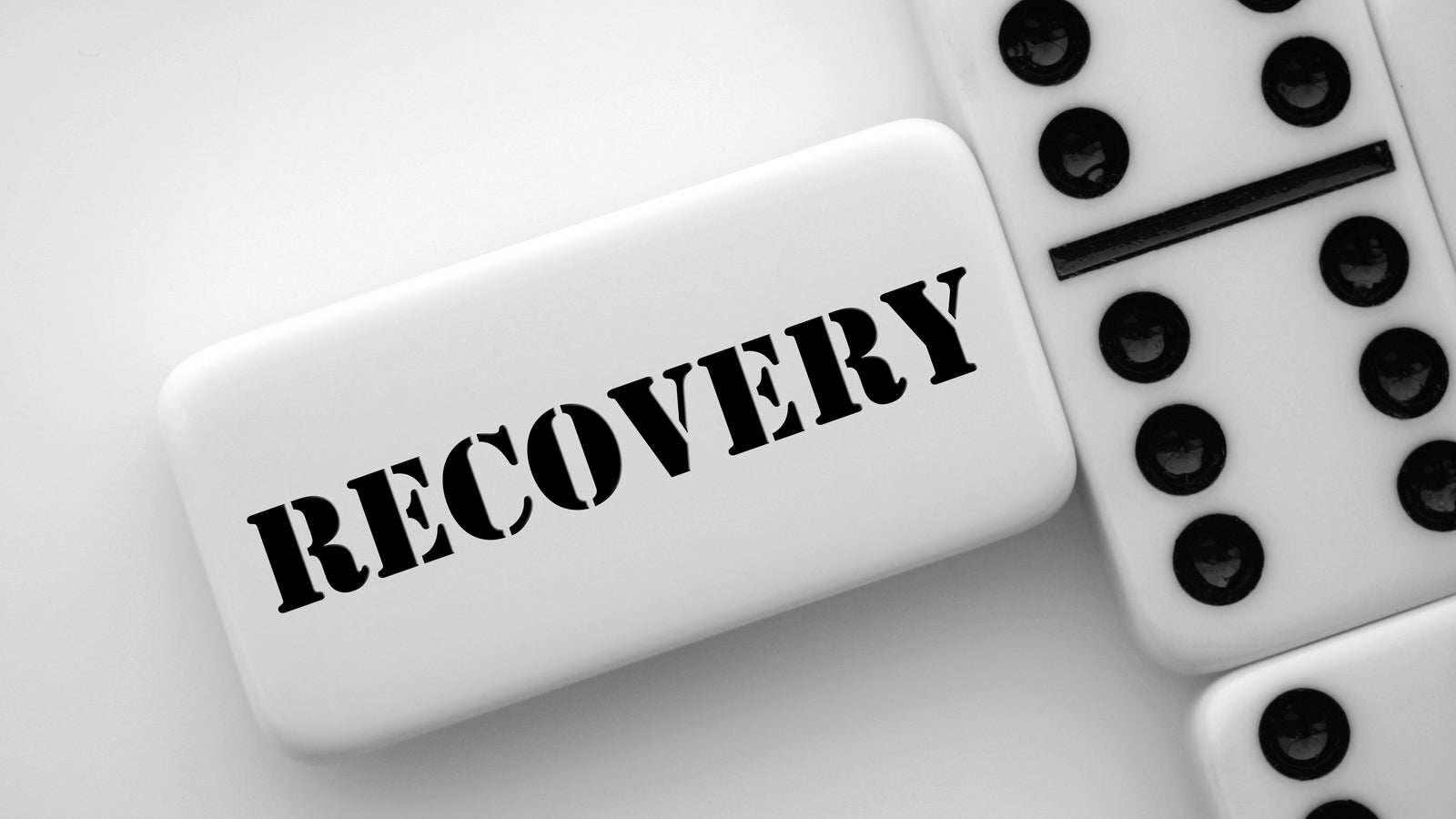
61% of business leaders see recovery taking at least two years finds Kroll
According to a survey conducted by Kroll, this figure is at odds with the Office for Budget Responsibility (OBR) the government’s Budget watchdog, which predicted the UK’s GDP will return to pre-crisis levels by the middle of 2022. The poll asked 400 senior executives how quickly they felt the economy would return to pre-pandemic levels, as well as how confident they felt about a recovery this year.
Key findings included:
- Almost three-quarters (72%) of respondents thought it would take between two to five years to see the economy return to the same level as 2019. Of those respondents, 61% stated it would take two years and a further 11% stated it would take up to five.
- That said the majority (51%) of the same sample felt that the UK would begin to see a recovery underway this year.
- A significant 32% was not confident the UK would see the green shoots of recovery at all in 2021.
- When asked about the biggest issues facing the UK economy, 40% identified unemployment and a further 39% highlighted the linked issue of corporate failures.
Matthew Ingram, Managing Director UK Restructuring, Kroll, stated: “The Office of Budget Responsibility is taking an upbeat view predicting an increase in UK GDP of 4% in 2021, followed by around 7% in 2022. On its assumptions GDP could well be back to its pre-COVID-19 level by mid-2022. However, our polling has identified a very different sentiment amongst those business leaders who are at the coalface. The confidence of the OBR is simply not being shared in the wider economy.”
The latest figures from the Insolvency Service report that corporate insolvencies fell by 9% to 686 in February 2021 compared to January’s figure of 754 and were 49% lower than February 2020’s figure of 1,348.
How well do you really know your competitors?
Access the most comprehensive Company Profiles on the market, powered by GlobalData. Save hours of research. Gain competitive edge.

Thank you!
Your download email will arrive shortly
Not ready to buy yet? Download a free sample
We are confident about the unique quality of our Company Profiles. However, we want you to make the most beneficial decision for your business, so we offer a free sample that you can download by submitting the below form
By GlobalDataLooking at this at a granular level, in February 2021 when compared with the number of company insolvencies registered in February 2020, compulsory liquidations were 86% lower, Creditor Voluntary Liquidations 38% lower, Company Voluntary Agreements 68% lower and administrations 62% lower.
Ingram continued: “It sounds counter intuitive to the broader narrative on the impact the pandemic. But what we are seeing is the impact of an activist government supporting businesses across two fronts—financial support and the temporary suspension of pre-existing corporate insolvency and governance legislation. But corporate Britain does feel like its covered in sticking plasters right now and the confidence many business leaders are feeling as the economy finally opens up is being tempered with the legacy that the necessary government interventions will leave behind.
“VAT deferments now need repaying, loans need servicing, staff need to be bought back off furlough, and rent arrears need settling. Corporate Britain has been piling up the debt and while that may have seen many through the pandemic, it will be an enduring challenge for many businesses as they look to the future. Our polling supports this as business leaders are acutely aware of the twin threats of unemployment suppressing consumer demand, and financial pressures as they come off government support.”






